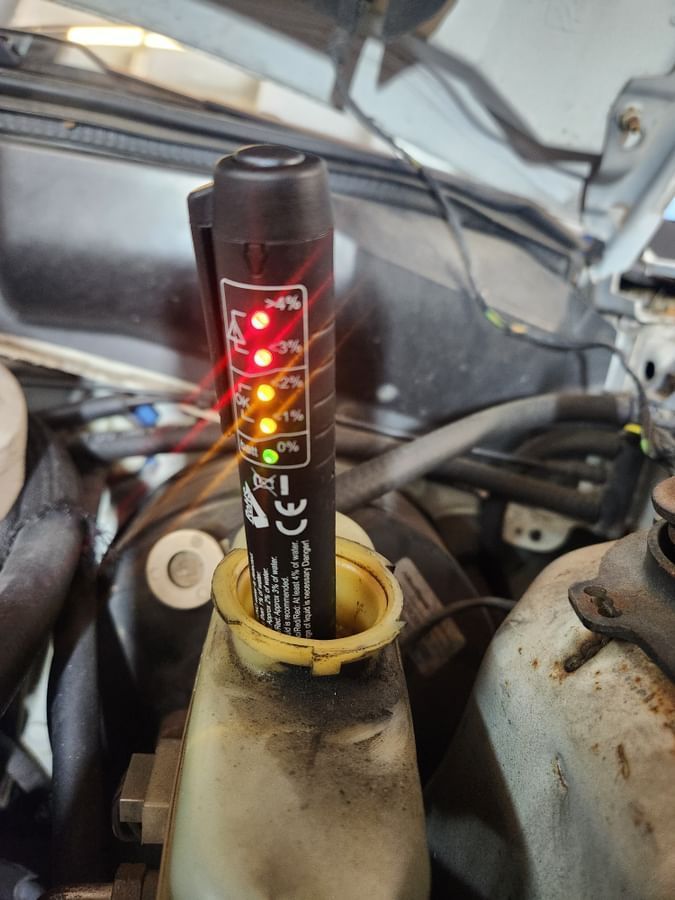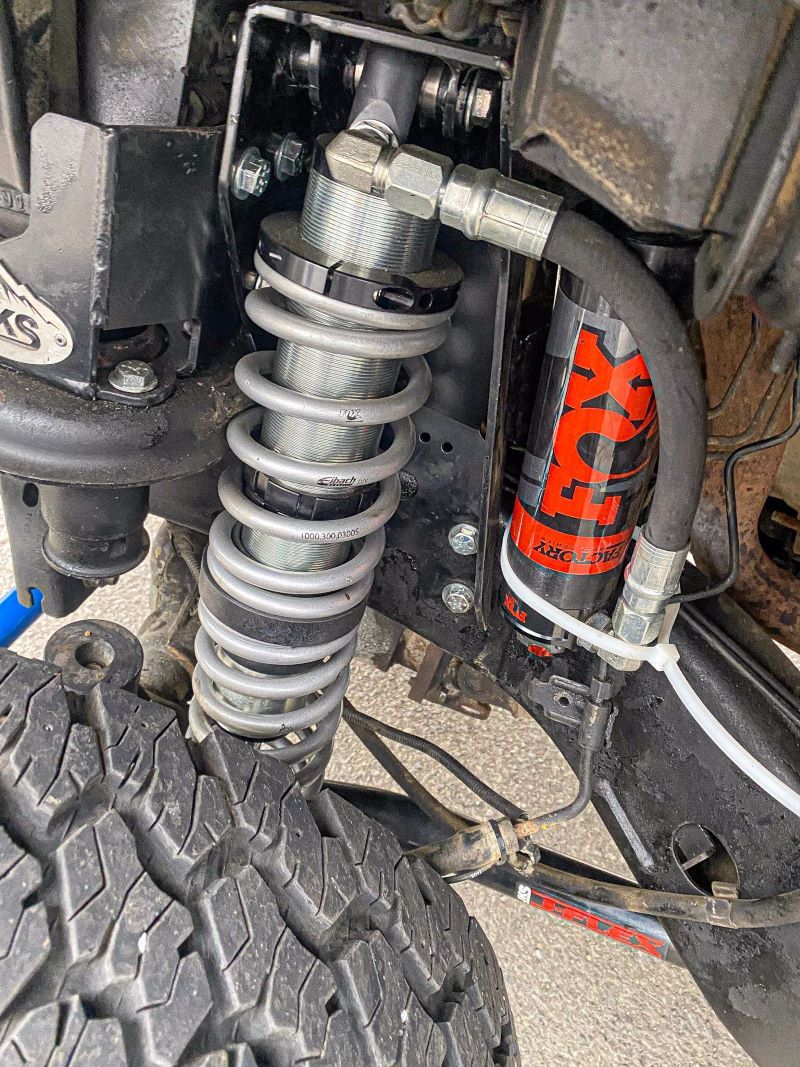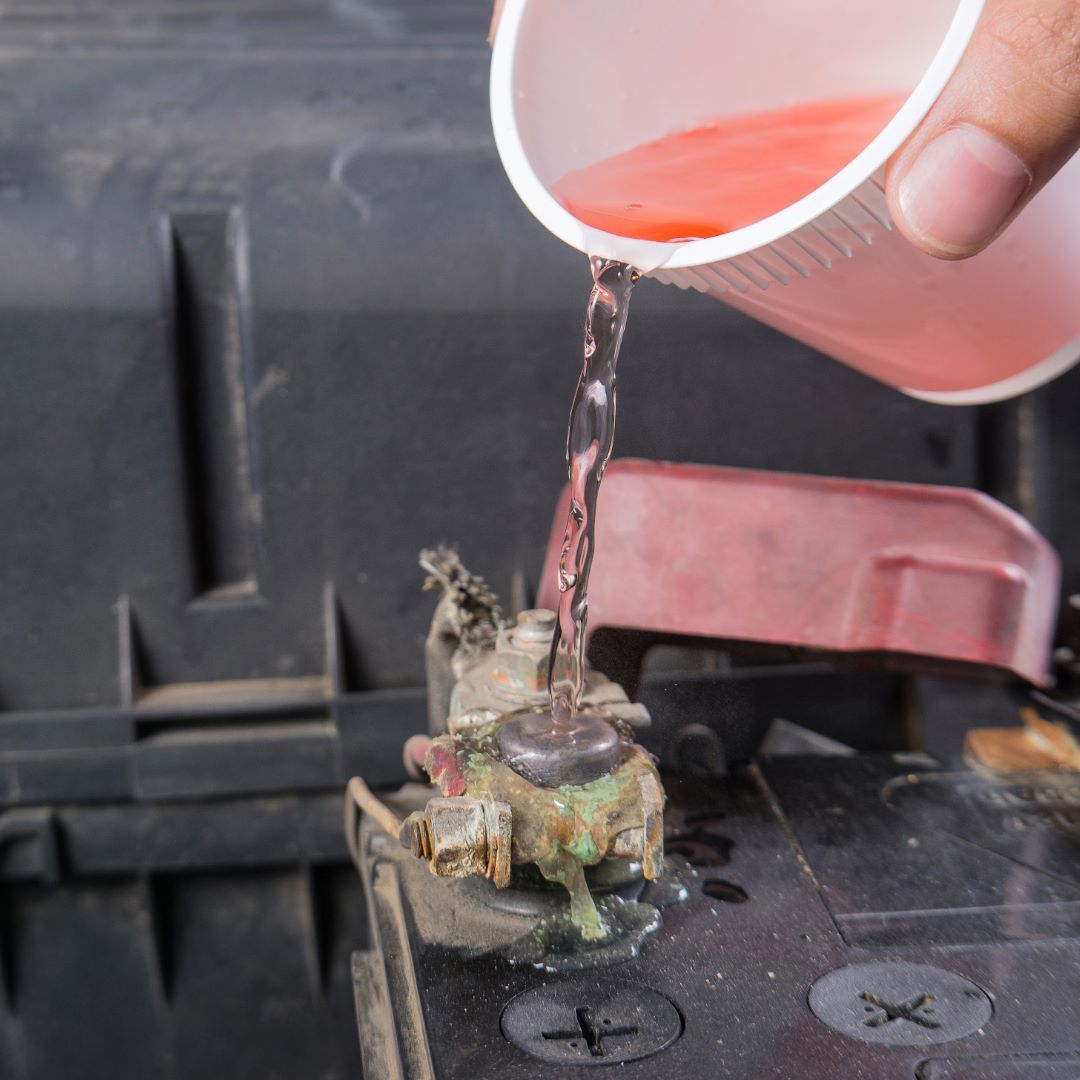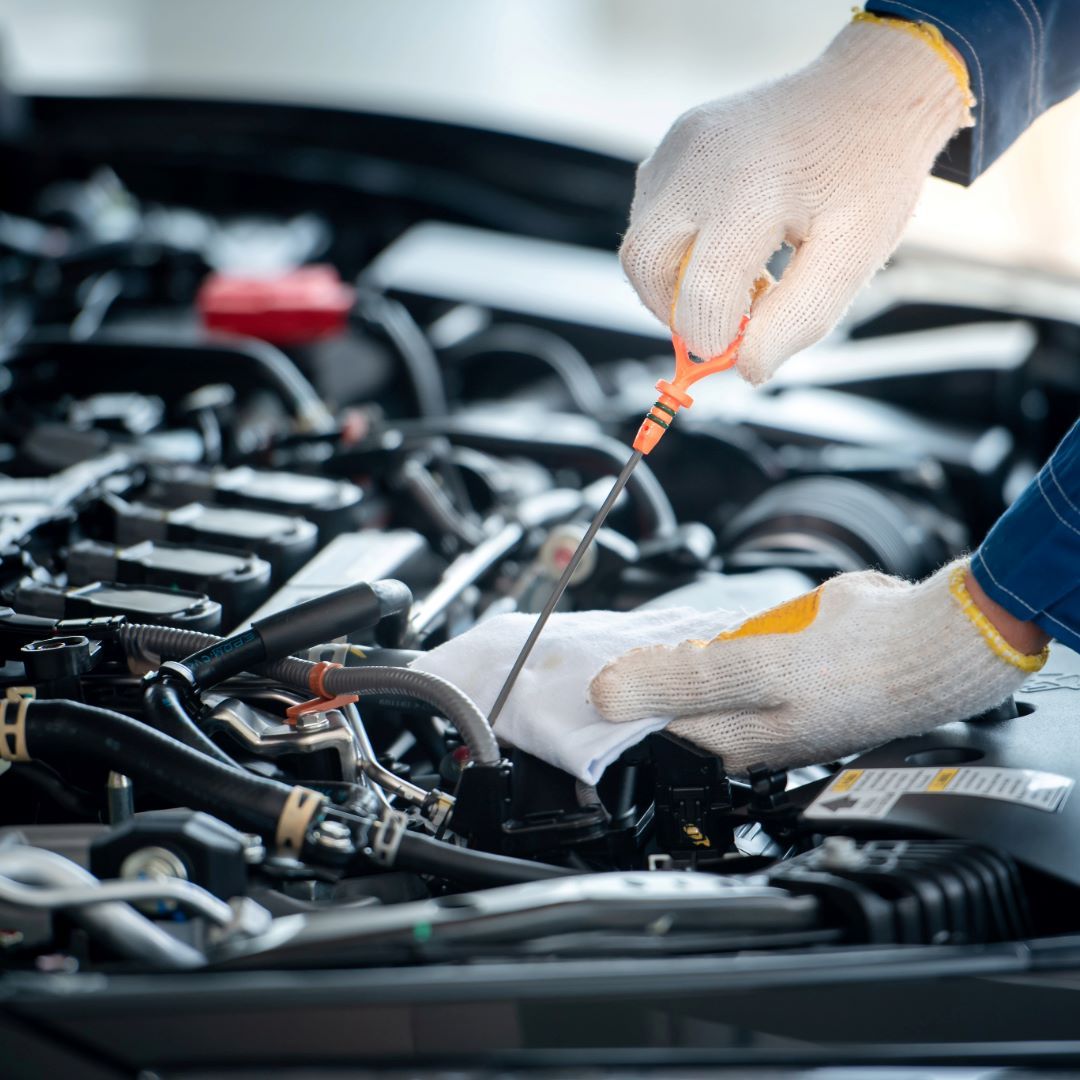Why Is My Car Overheating?
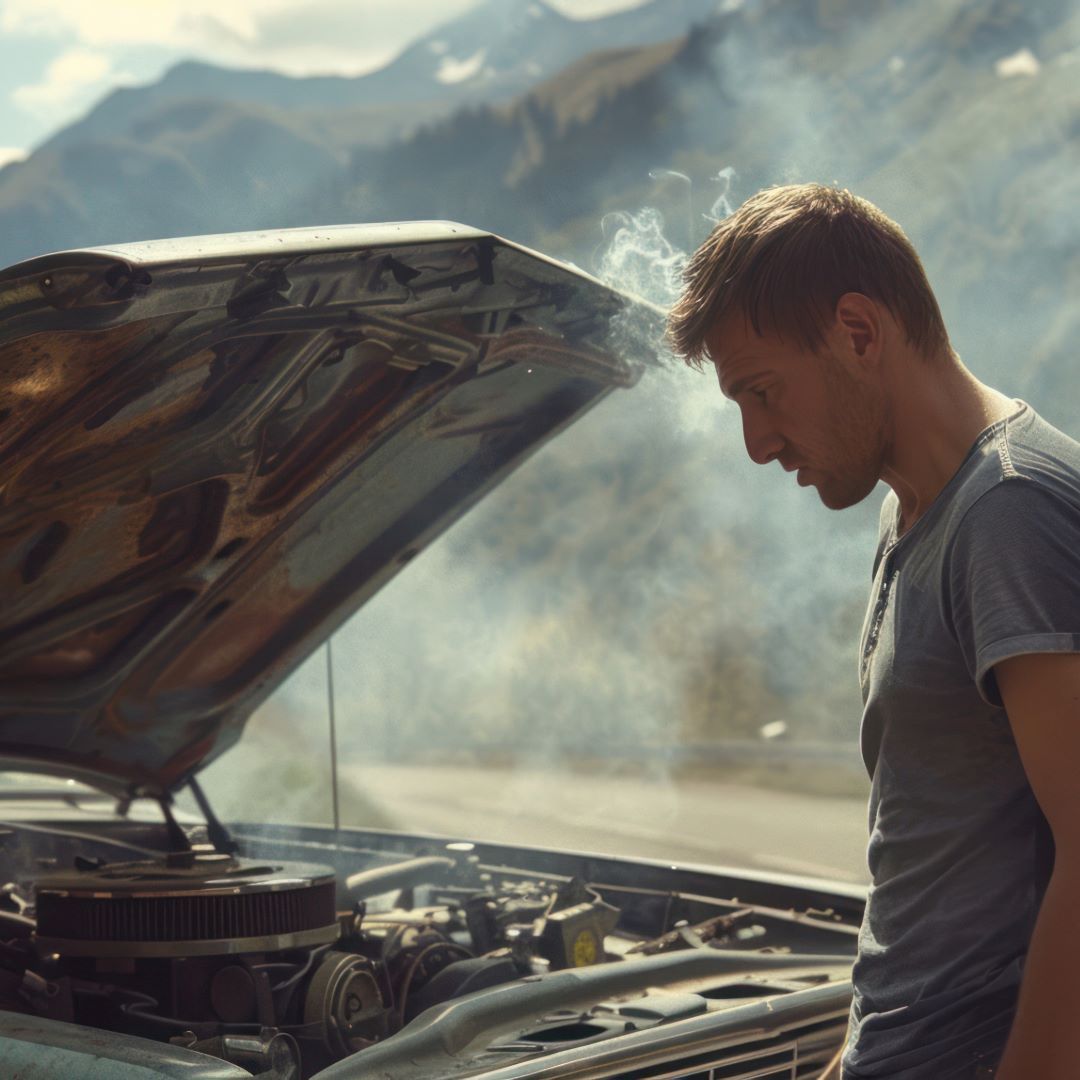
What to Do If Your Engine Overheats | ABC Auto Repair Burien
If your vehicle is overheating, the most important thing to do is pull over immediately as soon as it’s safe to do so. Overheating can cause severe and irreversible engine damage if left unchecked.
Understanding how your cooling system works will help you determine whether it’s something you can inspect yourself or if it’s time to call a professional. Below is a breakdown of how this system functions, the most common failure points, and how to spot them.
How the Cooling System Works
As your engine burns fuel, it produces heat lots of it. The cooling system keeps the engine within an optimal temperature range, known as its operating temperature. If the engine temperature climbs beyond that range, the system can overflow, steam may escape, and internal engine components can warp or crack.
To prevent this, your cooling system circulates coolant through the engine. The hot coolant then passes through the radiator, where it releases heat into the air. If any part of the system fails or underperforms, your vehicle may overheat.
Let’s look at each component and how it can contribute to a failure.
Major Cooling System Components
Coolant
Low coolant levels can reduce the system’s ability to regulate temperature. But don’t assume low coolant is the cause, it might be a symptom of overheating, not the source.
Coolant can also degrade into a sludgy mixture over time, especially if different types are mixed or if the system hasn’t been maintained. Sludge won’t circulate properly, reducing cooling efficiency.
Hoses
Coolant is carried by a network of hoses. These can leak or become blocked by rust and debris, though blockages are rare in well-maintained systems.
Water Pump
The water pump circulates coolant through the engine once it reaches operating temperature. If the pump fails, the coolant stops moving, and the engine quickly overheats.
Thermostat
The thermostat is a mechanical valve that regulates coolant flow. It remains closed while the engine warms up, then opens to allow circulation. If it fails in the closed position, coolant can’t circulate and your engine overheats.
Radiator
The radiator dissipates heat from the coolant. Airflow passes through its metal fins to cool the fluid inside. If those fins are damaged or clogged with debris, heat won’t dissipate efficiently.
Common causes: high-speed road debris, poor maintenance, or prior collision damage.
Cooling Fan
Mounted behind the radiator, the cooling fan pulls air through the fins when the vehicle isn’t moving fast enough for airflow to occur naturally. If the fan fails or if the relay that powers it malfunctions airflow stops and heat builds up quickly.
Basic Overheating Diagnostics
Important Safety Tips:
- Cooling system components can remain dangerously hot for 30–60 minutes after shutdown.
- Coolant is pressurized and can burn skin or eyes—never remove the radiator cap until the engine is completely cool.
- Keep hands clear of the fan—many models can turn on automatically even with the engine off.
3 Primary Causes of Overheating:
- Not enough coolant
- Coolant is circulating but not being cooled
- Coolant is not circulating at all
Note: The third issue is often caused by air pockets trapped in the system after a repair or coolant flush. Without proper bleeding, the system cannot function correctly.
Quick Diagnostic Checklist
- Top off coolant (only when cool). Turn on the heater and monitor the level refill as needed.
- Observe cooling hoses. Once the car warms up, all major hoses should feel hot.
- Check fan operation. If the fan doesn’t activate when the engine is warm, test the fan motor and relay.
- Feel for heat differences. If lower radiator hoses stay cool while the upper ones are hot, circulation may be blocked commonly due to a stuck thermostat, air pocket, or failed water pump.
Each vehicle has a specific bleeding procedure to eliminate trapped air. Failing to follow this can leave you chasing a nonexistent mechanical issue.
When to Call a Professional
If you're unable to pinpoint the issue or if the system has already been damaged, it's time to bring your vehicle to a certified technician.
At ABC Auto Repair in Burien, we specialize in diagnosing and repairing cooling system issues, including radiator replacements, water pump failures, thermostat malfunctions, and more.

